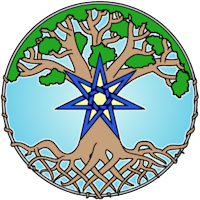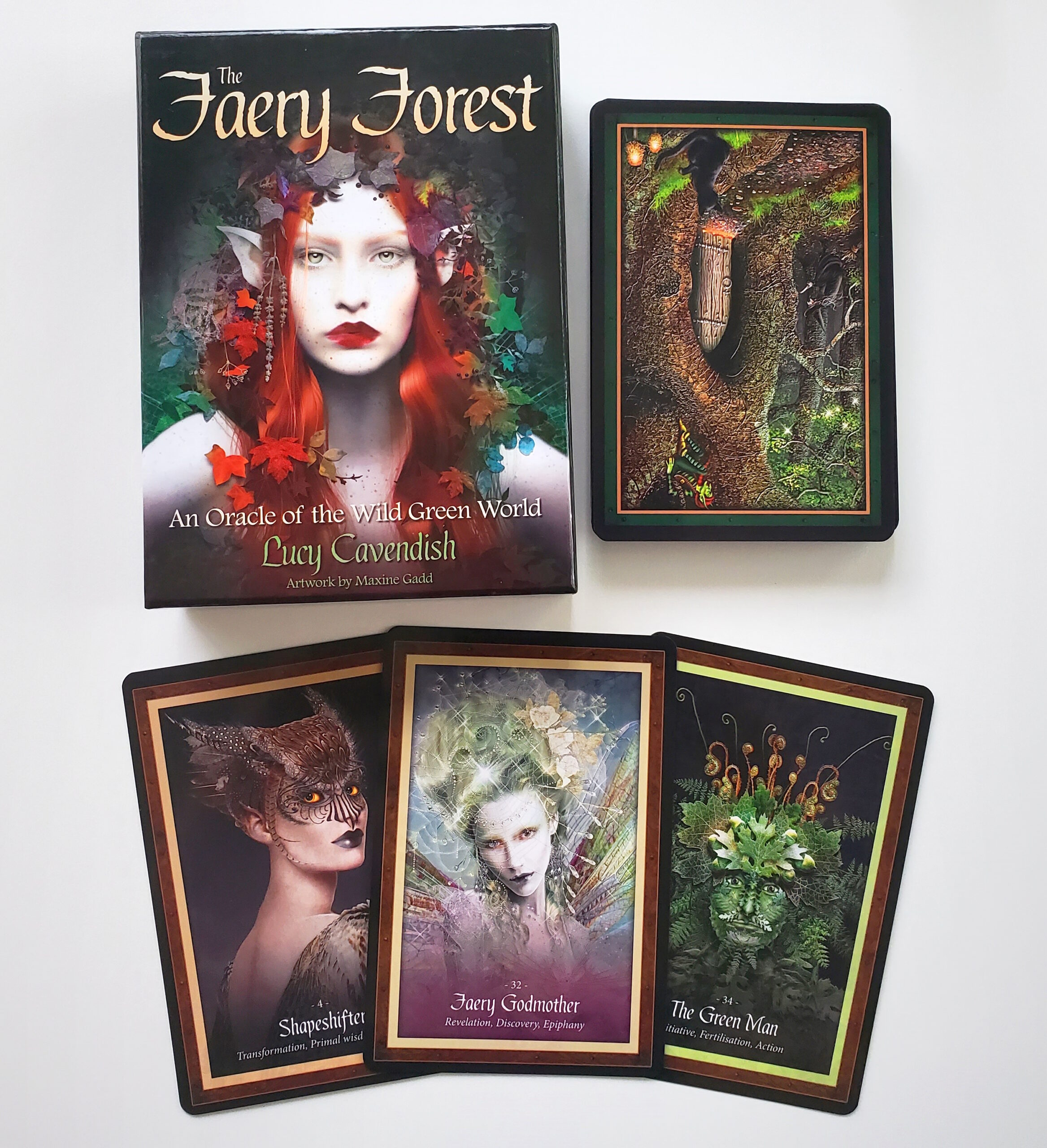If you haven't read the introduction to the first aicme, maybe go read that first and return, because today I'm just launching straight into the third aicme.
I associate Muin with Lughnasadh and the early autumn, when grapes and blackberries both ripen, and thus the rest of the aicme with that season as well and with the west, though again as far as I know there is no direct historical support for that. I'm also adding in some keywords that come from my personal understanding of each fid that I've developed in my studies, but again, these are to be taken as one person's opinion, not fact.
Muin – Madly Intoxicated
Spirit: fat (kinda Venus of Willendorf but more androgynous?), naked, reddish brown skin, either intersex or a sex-fluid shapeshifter (unclear if my focus not good or actually shifting form), short and close-cropped brown curly/coily hair, brown eyes with a twinkle of mischief.
Keywords: wine, mead, alcohol and drunkenness, in vino veritas, intoxication; release, loose tongue, uninhibited; ecstasy, passion, the heat of the moment; voice, communication, gossip, chatter, but also deep conversations; communication breakthrough or breakdown, misunderstanding; deception, flattery, manipulation, ruse, half truths, insincerity, skilled deception; heart on one’s sleeve; emotional knowledge, communication about or from emotional states, emotional literacy or lack thereof; a need for discernment.
Gort – Growing Continually
Spirit: masculine, the strongman build (dense muscles with a layer of fat over it, not bodybuilder type), light skin reddened/tanned by the sun, farmer or rancher vibes, wearing an open vest, brown leather, with no shirt beneath, and cloth pants, and a black-brown duster jacket (leather or cloth unclear), small bone colored bull horns peeking out of chestnut colored short wavy hair, brown eyes, seemed to have a tail.
Keywords: cultivation, farmstead, gardening; planting and minding things now for a later harvest; tenacity, determination, reaching upwards and getting there by any means necessary; domestic, hospitality; feasting, abundance, nourishment, food; the delights of friends and family (not the obligations), siblings especially; evergreen, fecundity, fertility; creation of sanctuary, cultivation of one’s home place; short term plans.
nGétal – Yesterday’s Wounds
Spirit: male, almost androgynized by extreme old age: crinkled, wrinkled, wizened, papery skin, age spots, but still surprising strength to his grip. Short and hunched, wearing a worn cloak – not quite threadbare but clearly long-used. Long pointed fingernails like claws. “Ugly” he insisted.
Keywords: healing, especially with water, folk healing ways, home remedies, folk herbalism; smoke healing, smoke cleansing; healing as removal, removing that which doesn’t serve, surgery; healing as a process, taking care not to let a wound fester; accidental wounds or those gained in conflict; physical cleansing and mundane cleaning; physicians and healers; letting an illness run its course; practical measures; doing mundane work alongside the magical and otherworldly; elf shot and related illnesses, and the curing thereof; removing stagnancy, improving circulation; ruminations and overcoming them.
Straif – Strengthening Changes
Spirit: slim, feminine, hair almost white with pale purple tones, long and straight. Skin moonlight white also with purple grey undertones, eyes dark purple. Wearing a sleeveless floor length dress that was so dark a shade of purple it looked black at first. How I might picture a luantishee.
Keywords: thorn, reminds me of thurisaz; protection as offensive action, holding your boundaries by any means (including violence); aggressive, combative, intense; a need to take stock of your defenses and strategize, increasing your defenses after they are breached; rising to a challenge, learning a hard lesson, what you learn and become after facing adversity; turning the tables partway through a conflict and thus coming out on top; banework, occult, “left hand path”, secrecy; transformation as a process: pressure and heat creating a new material; expectations are different from reality, expect the unexpected; a period of intense work and growth, referring to problems you’re currently going through, or a warning that there are some on the horizon.
Ruis – Raging Fires
Spirit: A bit like a satyr but bovine. Male, naked, with a broad chest and a round belly. Russet chest hair, slightly darker head hair, small brown eyes, round face with small bull horns on top of his head. Lower half sort of furred, like a red highland cow; hooves, tail. Big smile.
Keywords: blushing, shame, guilt, embarrassment; past mistakes, learning from the past; transforming trauma, overcoming insecurities; wisdom coming from experience and age; heat, fever from emotion or illness, hot bloodedness; a hot temper, rage, frenzy, flaring into anger; lust, passion, arousal; primal energies, extreme emotional states, intense emotions whether positive or negative; struggle for dominance, struggle against authority or oppression; dysregulation, mental illnesses that affect emotional regulation, coming back into proper regulation; may intensify nearby feda.
Sorry this one was late – look for the fourth aicme at the end of the week!



